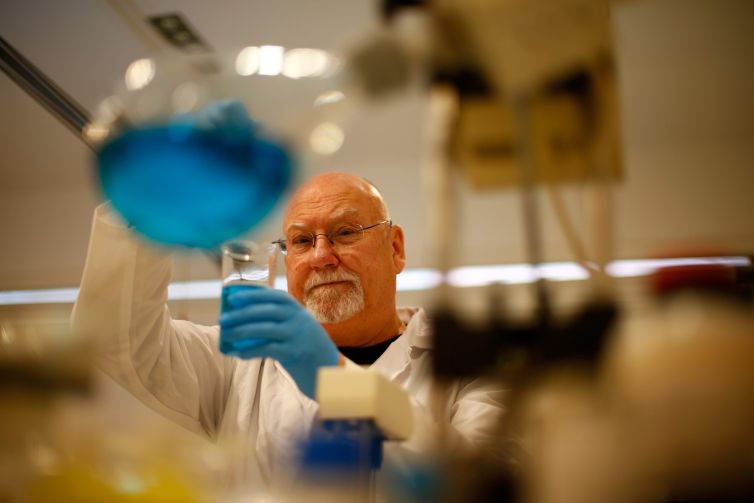D.C. Region Third for Life Sciences Research Talent: Report
By Keith Loria June 7, 2023 3:34 pm
reprints
The Washington D.C./Baltimore region is one of the top markets for life sciences research talent, suggesting sustained demand for the real estate that services the industry, according to a new report by CBRE.
Thanks to world-class universities and a highly educated workforce with a strong concentration in professional, scientific and technical services, the area ranked No. 4 in the nation for 2022 for the largest pool of life sciences research talent, with a total of 30,240 life sciences researchers, and achieved a No. 3 score overall for life science talent.
New York/New Jersey (38,700) came in at No. 1, followed by Boston/Cambridge (38,450) and the San Francisco Bay Area (32,490).
The report reveals that the number of life sciences research workers in the D.C./Baltimore region increased by 19 percent from 2017 to 2022, a faster pace than the national rate of 16 percent.
Additionally, the region boasts the nation’s seventh-highest concentration of life sciences research talent with 0.6 percent of the national labor force.
“Our population is not aging any slower; and there is no ambiguity around the pace of scientific advancement, which is why the life sciences industry has demonstrated resiliency over the last 20 years,” Tommy Cleaver, executive vice president of CBRE (CBRE), said in a statement. “Throughout any portion of a cycle, access to deep pools of specialized talent is priority number one. The Washington, D.C./Baltimore region remains a top three market for this critical ingredient and will continue to attract users and investors alike.”
In its analysis, CBRE evaluated the largest 74 U.S. life sciences labor markets against multiple criteria, including the number and concentration of researchers, the number of new graduates with life sciences degrees — specifically those with doctorates in the life sciences — the concentration of all doctorate degree holders, and the concentration of jobs in the broader professional, scientific and technical services professions.
The Washington D.C./Baltimore region also produced the highest number of biotechnology graduates in 2021 with 582. This bodes well for filling the rising demand of life science workers.
“Demand for life sciences research workers is above pre-pandemic levels,” Matt Gardner, CBRE’s advisory services life sciences leader, said. “We’re also seeing a closely balanced ratio of hiring to job cuts in the biopharma industry compared with the technology sector and the broader economy, which positions the life sciences to remain stable despite an economic downturn.”
Keith Loria can be reached at Kloria@commercialobserver.com.


